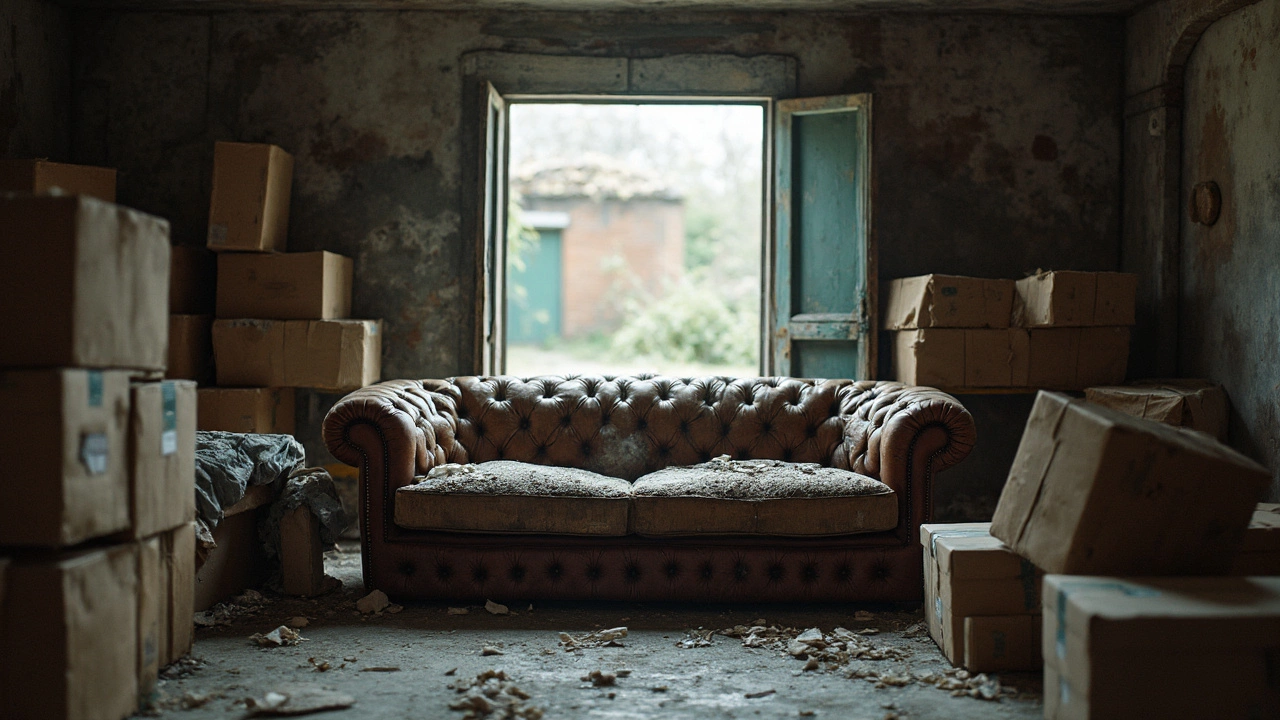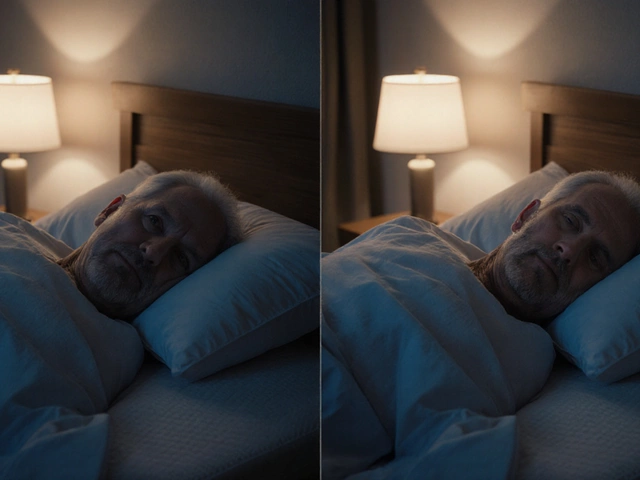Mold on Furniture: How to Remove It and Keep It Away
If you’ve spotted black spots or a musty smell on a chair, table, or shelf, mold is probably the culprit. It isn’t just ugly – it can damage wood, fabric, and even make you sick. The good news is you don’t need a chemistry degree to tackle it. A few household items and a bit of care can clear the problem and stop it from returning.
What Really Kills Mold on Furniture
The safest, most effective killers are white vinegar, hydrogen peroxide, and baking soda. Vinegar is acidic enough to break down mold cells but gentle on most finishes. Mix equal parts water and vinegar in a spray bottle, soak the affected area, and let it sit for about 10 minutes. Wipe with a clean cloth and let dry.
Hydrogen peroxide works well on tougher spots, especially on non‑porous surfaces like metal legs or laminated tops. Apply 3% peroxide directly, wait a few minutes, then scrub with a soft brush. Rinse with water and dry thoroughly.
Baking soda is great for fabrics. Sprinkle a generous amount onto the mildewed spot, let it sit overnight, then vacuum or brush off. This not only lifts the mold but also neutralizes any lingering odor.
Practical Steps to Prevent Future Growth
Moisture is mold’s best friend, so controlling humidity is the first line of defense. Use a dehumidifier in rooms where you keep wooden or upholstered furniture, especially during damp seasons. Keep indoor humidity below 60% – a simple hygrometer can tell you if you’re safe.
Good airflow matters too. Open windows when weather permits, and avoid pushing furniture against walls where air can’t circulate. If a piece sits in a corner, move it a few inches away to let fresh air reach all sides.
Regular cleaning keeps spores from settling. Wipe down surfaces with a mild soap solution once a week. For fabric pieces, vacuum with an upholstery attachment and spot‑clean any spills right away. A quick dry‑wipe after cleaning stops moisture from lingering.
If you store furniture for a long time, wrap it in breathable cotton sheets, not plastic. Plastic traps moisture and creates a perfect breeding ground. Also, store items in a climate‑controlled space if possible – a garage that gets cold and damp isn’t ideal.
Lastly, keep an eye on leaks. A small roof drip or a pipe burst can soak wood silently, and mold will appear weeks later. Fix any water issues promptly, and dry the affected area with fans or a heater.
By using these simple cleaners and following a few preventative habits, you can keep your furniture looking great and your home healthy. No need for expensive chemicals or professional services unless the mold spreads far beyond a single piece. A little attention now saves you time, money, and a lot of hassle later.



